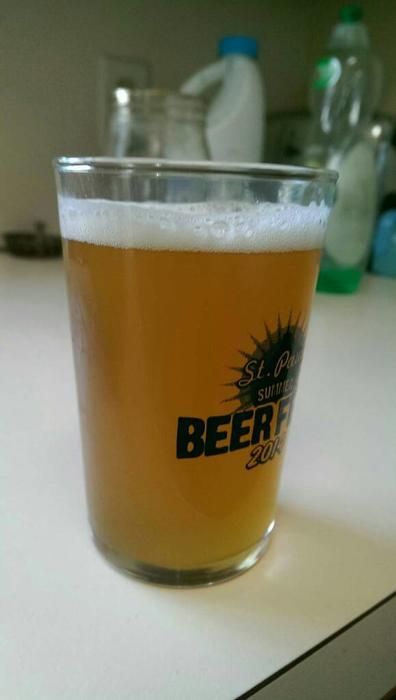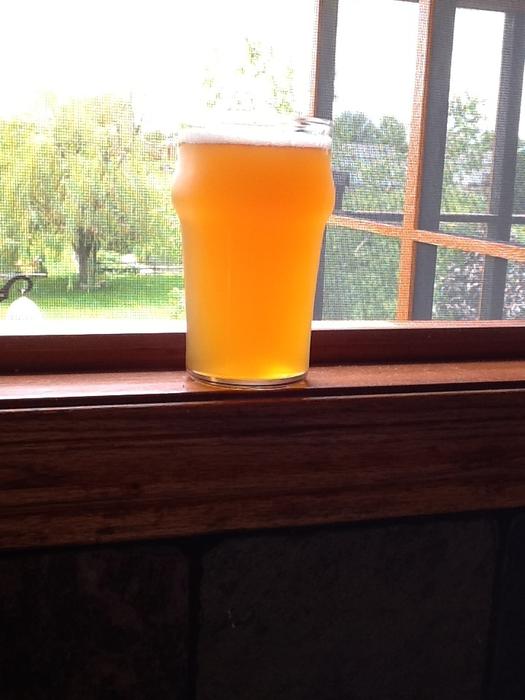drop6301
Member
Hey all, I've been having clarity issues on my last three brews, like supper cloudy. I figured a few possibilties, but not sure. Any other ideas would be helpful. Here's what I'm thinking:
1. It could be that the calcium levels are down because of all the rain in my area. I do add salt back in to bring the calcium well above 50ppm. Also one batch was RO water with salts.
2. I switched to a homemade hop spider that uses paint strainer bags. I clean and rinse before use.
3. Something after the boil is causing the heavy haze. (my post-boil sample is crystal clear after a short time )
I'm not necessarily wanting to use findings to solve this problem. Any help would be great?
1. It could be that the calcium levels are down because of all the rain in my area. I do add salt back in to bring the calcium well above 50ppm. Also one batch was RO water with salts.
2. I switched to a homemade hop spider that uses paint strainer bags. I clean and rinse before use.
3. Something after the boil is causing the heavy haze. (my post-boil sample is crystal clear after a short time )
I'm not necessarily wanting to use findings to solve this problem. Any help would be great?







